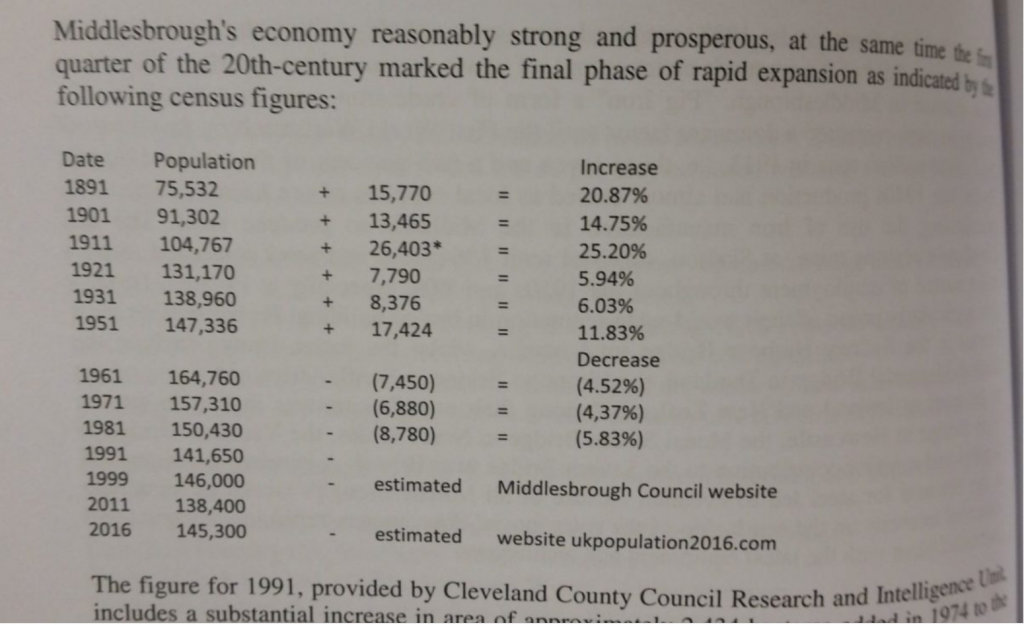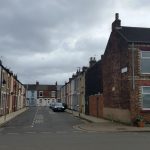the town explained
After riding we also spent a good few hours upstairs in the handsome reference library poring over old town maps spread on ancient wooden tables in the quiet, the librarian sharing details of what we are looking at – from L to R inside the curve of the river there lay the Slag Crushing Mill, the Marsh Wire works, Britannia Iron and Steel works, Ayresome Iron works, Acklam Steel works, Acklam Iron works, Linthorpe Iron works, Ayrton Rolling Mills, Wellington Cast Steel Foundry, Newport Wire works, The Middlesbrough Goods Yard and nestled inbetween it all, St Hilda’s Church Market place. And all that remains of these massive constructions and all that noise and stink is the Town Hall sitting in the long grass a few posts back, everything else flattened, today covered in dry grass blowing and new asphalt of the Boho digital build. But then before all this, Middlesbrough was a small farm of 25 people that grew with the coal and the transportation and then was flattened for the iron and the steel, the people moved over the border of the railway line for more to come then go and where today live they still do.
According to Harry, Middlesbrough is also the town of the fastest growing human population rate yet recorded on Earth. Check above, esp 1901-11.






